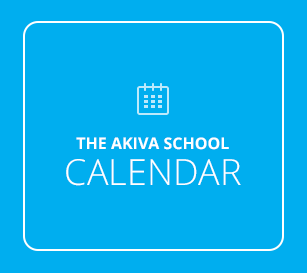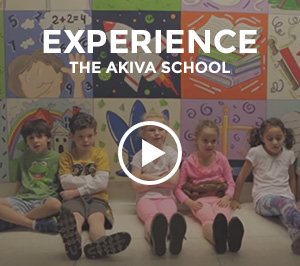 None of my children ever had an imaginary friend, but when one daughter was around 3 years old, for a period of several months, she would tell me in the morning that there had been a llama in her room at night. She wasn’t afraid of the llama or upset that it was there – she would just tell me, as a matter of fact, that the llama had been in her room again last night.
None of my children ever had an imaginary friend, but when one daughter was around 3 years old, for a period of several months, she would tell me in the morning that there had been a llama in her room at night. She wasn’t afraid of the llama or upset that it was there – she would just tell me, as a matter of fact, that the llama had been in her room again last night.
Of course, I tried to figure out the psychology behind the llama – was it from a book (llama, llama red pajama); was it from a petting zoo or farm we had visited? Ultimately though, what was most important was that she believed she saw a llama in her room every night, and it was meaningful to her.
In parashat Re’eh, the Israelites are still in the desert listening to Moses’ instructions before he dies and they enter the land of Israel. Moses tells them they can receive God’s blessings or God’s curses depending on whether or not they obey God’s commandments.
See, I present before you a blessing and a curse.
In the verse in Hebrew, the word for see is in the singular, but you is in plural. Ibn Ezra explains that the commandments were given to the nation as a whole – to the singular group – but every individual must decide for him or herself whether to commit heart, mind and soul to God’s ordinances.
Yet, how did Moses expect the Israelites to actually see the blessings and the curses? If anything, “listen” would have been a more appropriate sensory invitation. Certainly Moses was not standing before a power point presentation or how-to youtube video. What exactly did he want them to see?
Inviting someone to see draws attention not only to a tangible physical object in front of us, but to what is happening around us, and from there, see asks us to envision how we can have an impact on what is happening around us – how our choices can change the way the future looks.
When Moses invites the Israelites to see, he is asking them to see the possibilities; he is drawing attention to the different paths we can choose to take and the consequences for each choice. Our sense of sight is not only what we do with our eyes in the present, but what we can do with our imagination for the future.
How do you see the world? In a way that invites blessings or in a way that anticipates curses?
We learn from Moses’ use of the word see that we must have a vision of what the world and our lives could be and then we must believe that we have the ability to achieve that vision through our own choices and our own actions.
As a group we may each have the same vision. But it is up to every individual to work to achieve it.
And if an imaginary llama helps you get through the night – all the better.
Shabbat Shalom.



